The Red Sox and Yankees. Thomas Edison and Nikola Tesla. Some of best stories from the annals of American culture happen to be fierce rivalries. But outside of baseball and mountain-dwelling good ‘ol boys, you’d be hard pressed to find an American rivalry more heated than the to one between the Mustang and Camaro. Millions of dollars in R&D and decades of constant “anything you can do I can do better” bickering between Ford and GM was sparked in 1964, and immediately led to the iconic pony wars of the ‘60s and ’70s. And they’ve been butting headers ever since. The Hatfields and McCoys.
The two cars are constantly compared side by side, and often mentioned in the same breath, but simply parking them side by side and scrutinizing numbers is too easy. To get an unbiased look at how one of America’s most famous rivalries is getting on these days, Andrew Connor took the Chevy Camaro SS for a weekend and I took the Ford Mustang GT. We wouldn’t swap rides halfway through, we wouldn’t even exchange notes — not until we got back to the office. This way, neither car would be directly measured against the other based on horsepower, Nurburgring lap times or any other stream in the pissing contest. We’d compare based on ethos alone.
>
Ford Mustang GT
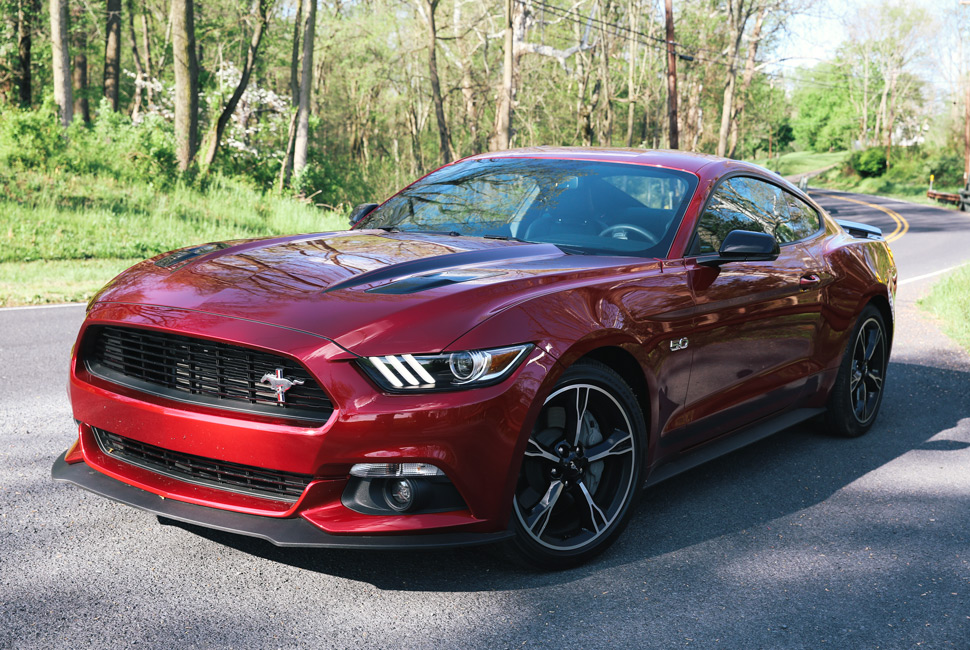
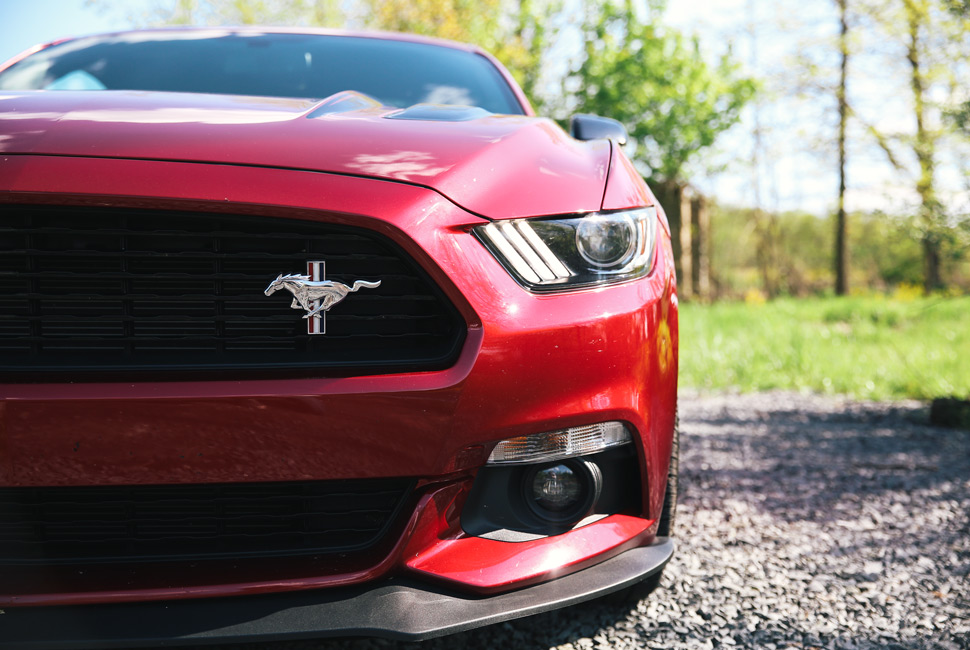
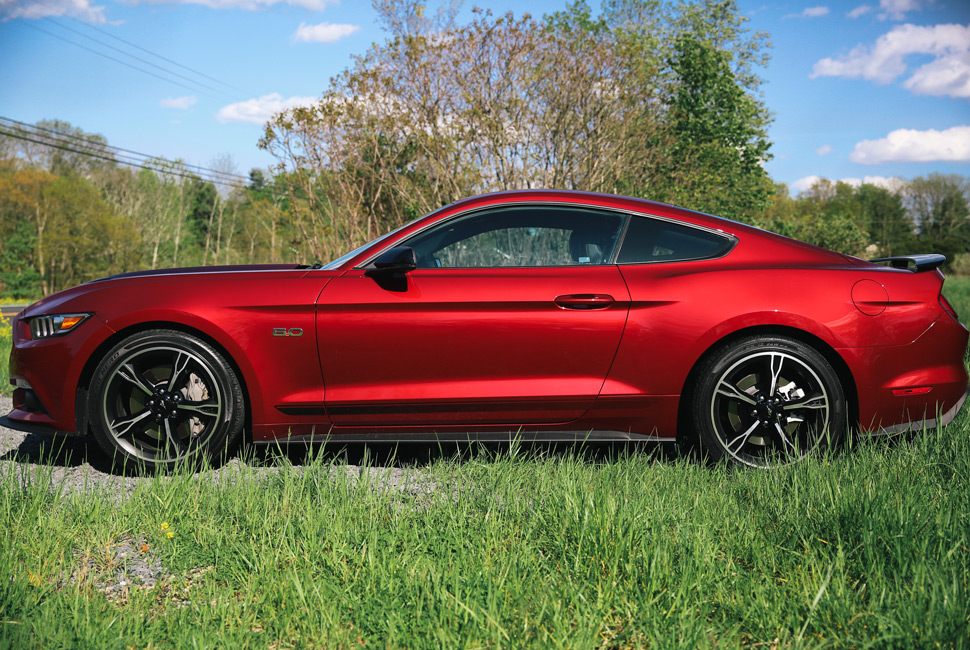
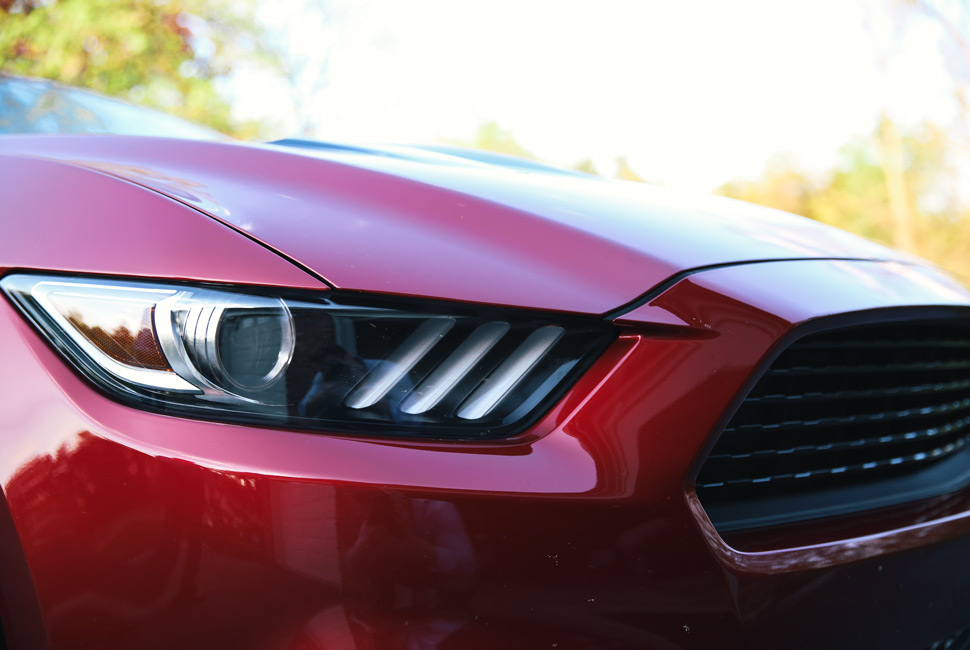
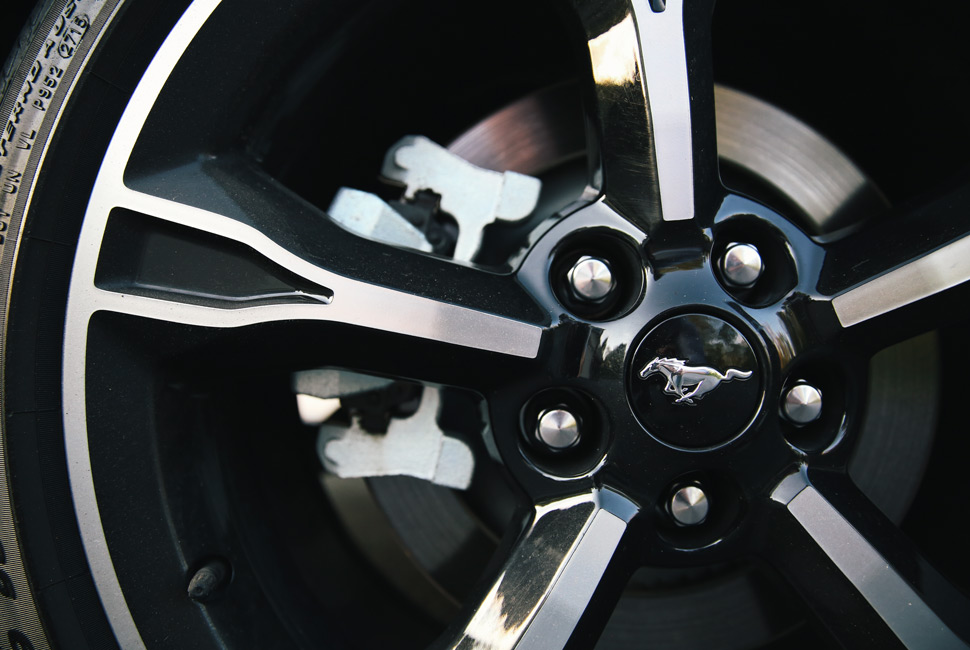
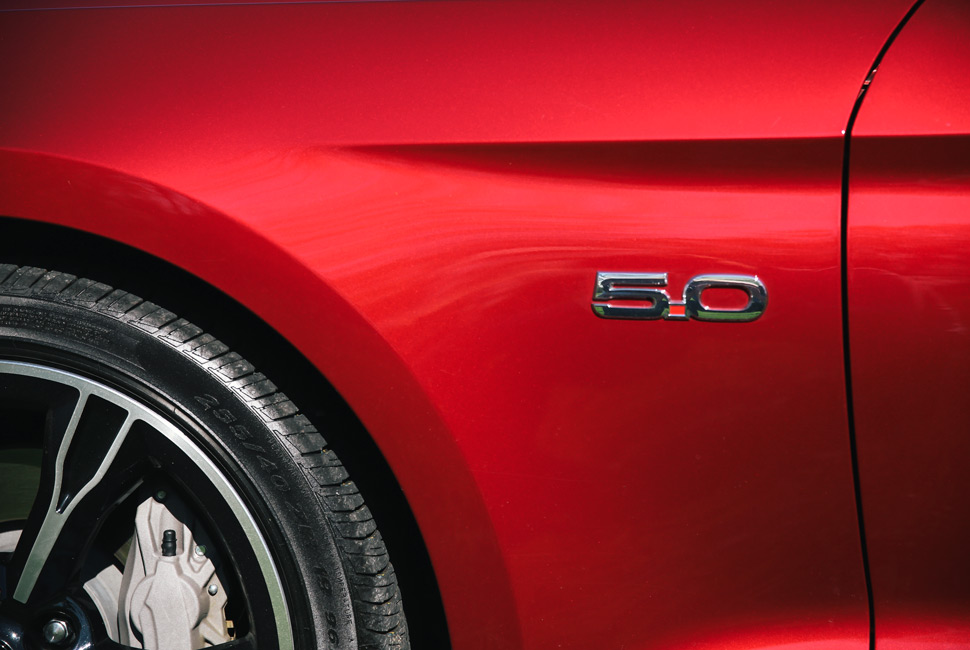
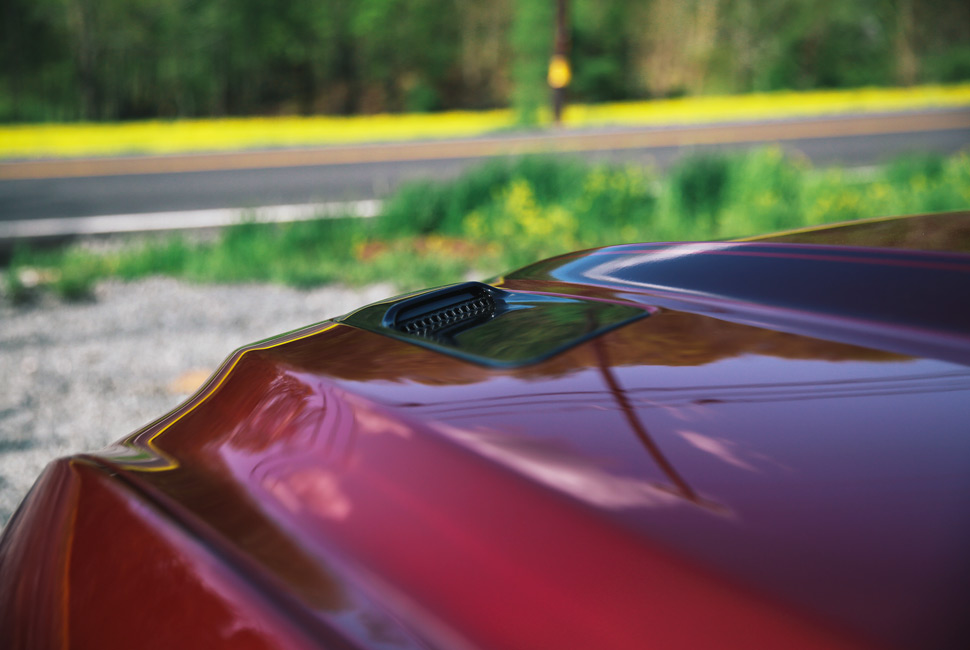
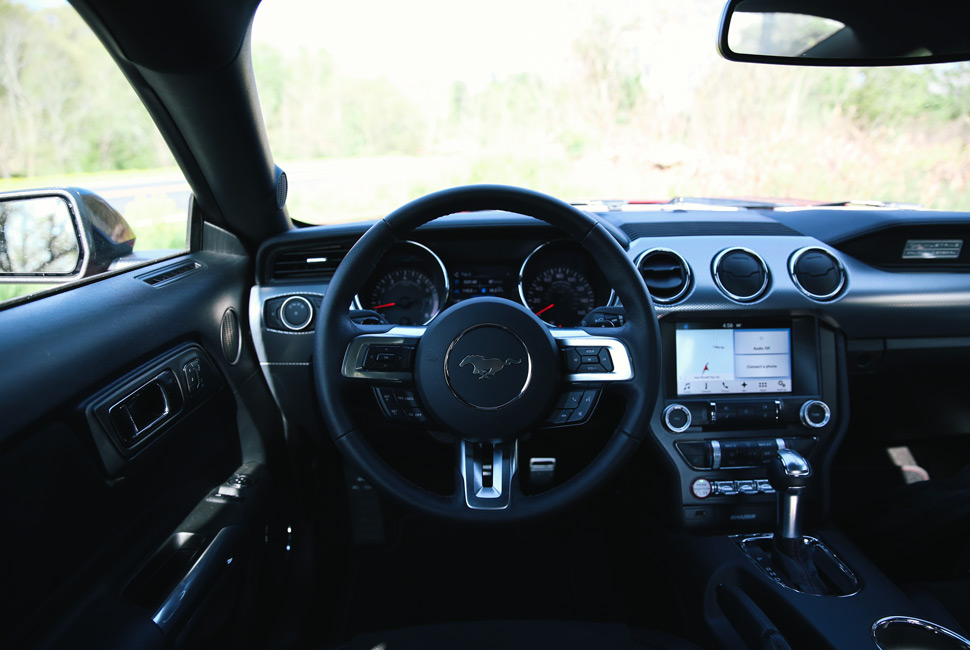
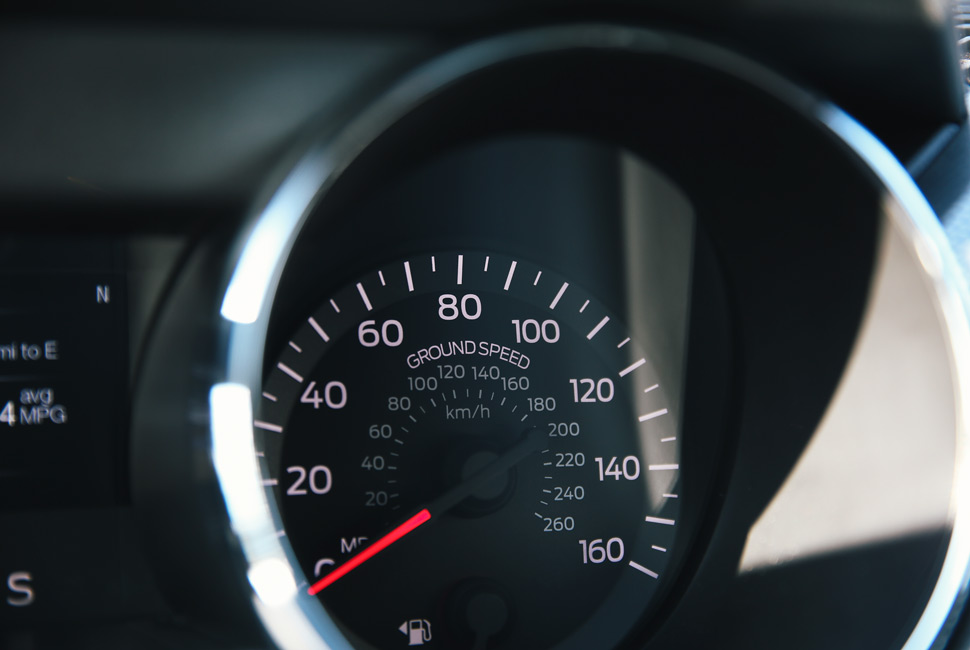
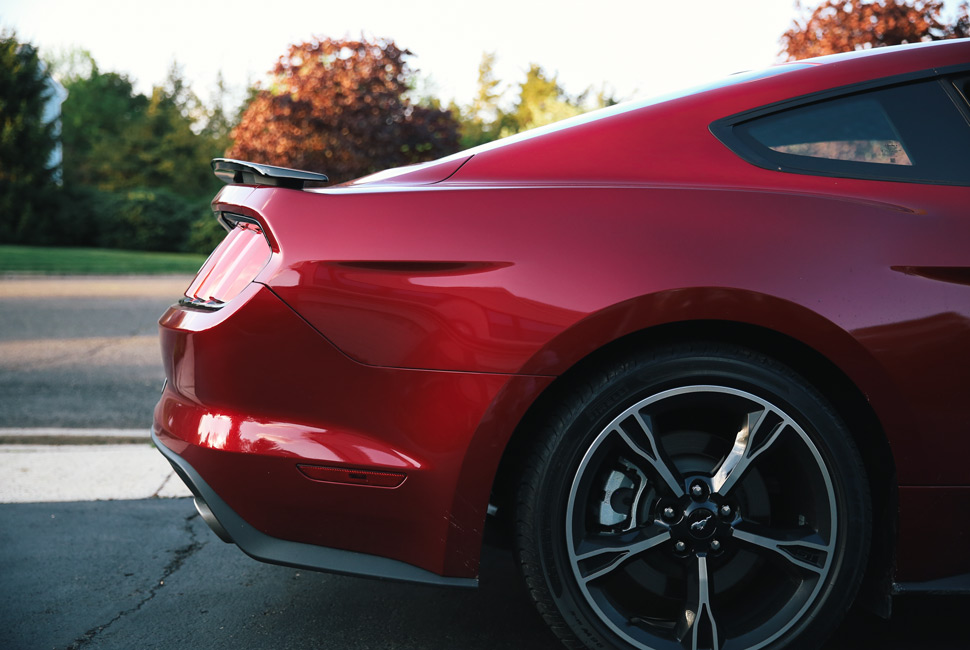
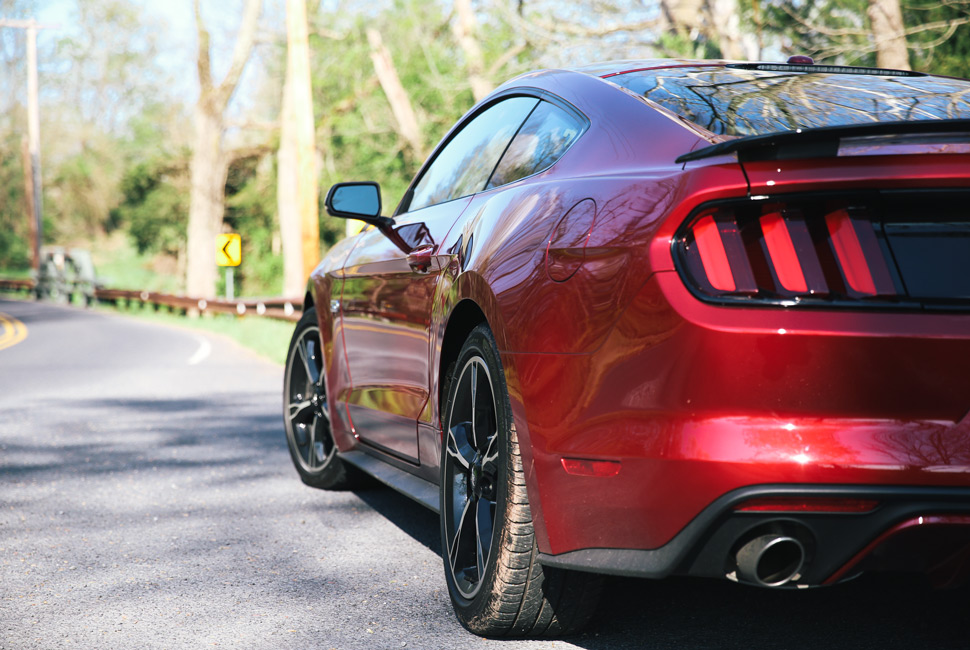
- >
Looking down from GP HQ’s office window at the the ruby-red Mustang GT sitting on our Manhattan side street, I admired an air of maturity surrounding the newest edition of Ford’s icon. It’s unmistakably a Mustang. All the design cues are there: the long hood, the hips and roofline, the tri-bar taillights — just sharper, purposeful, and looking more well built than the previous generations. I’d like to be able to say I’ve been “Team Mustang” for years, but in truth I’d have to go all the way back to the first generation to find a Mustang I’d fight for, when it originally set out to take on Europe’s finest sports cars in ‘64.
The fifth generation looked chubby; the early aughts and ‘90s renditions were the same thing (and underpowered). I rank the Fox body with the Pontiac Aztec and PT Cruiser as the most hideous cars on the road. The early-’70s Mustangs were all heft and no horsepower — and the Mustang II was just an utter disappointment. To get me eager to drive a Mustang on looks alone is a serious achievement on Dearborn’s part.
Ford used the previous-generation Boss 302 (which lapped Mazda Raceway faster than an M3) as benchmark for the new Mustang GT. They really wanted their pride and joy to be next-level, which meant replacing the prehistoric live rear axle with independent rear suspension and joining the 21st century. The switch had a knock-on effect, causing Dearborn to completely reinvent the chassis. But, race-winning handling aside, it’s the interior that closes the door on all those muscle-car “cheap performance” tropes and the degrading “you get what you pay for” stigma. 90 percent of what you touch inside is either brushed aluminum, soft leather or alcantara: the standard for any “mature” sports car these days.
Though that maturity takes a backseat once I discover how to initiate “Line Lock.” This is Mustang GT’s “track-only” app that, through a sequence of button pressing and holding, helps you roast the rear tires to warm up for a quarter-mile drag-strip run. Luckily the car can’t tell if you’re at a track or not. It’s an example of Ford’s newfound sense of humor, which they’re sneaking into their more potent cars (another example being the Focus RS and its “Drift Mode”).
On the road the Mustang GT can meet and beat a handful of German and Japanese sports cars, yet still it’s classified as a muscle car. But, like the bourbon coming from Kentucky these days, it’s redefining the way the world looks at a classic all-American product. That might be why I like this generation of Mustang so much — it’s the most like the original.
Chevrolet Camaro SS
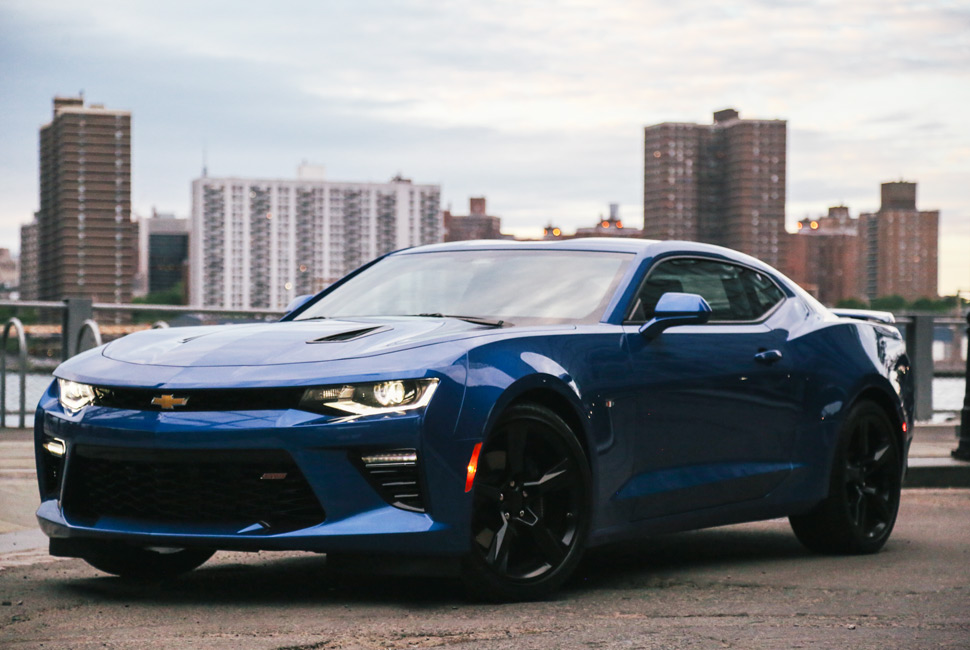
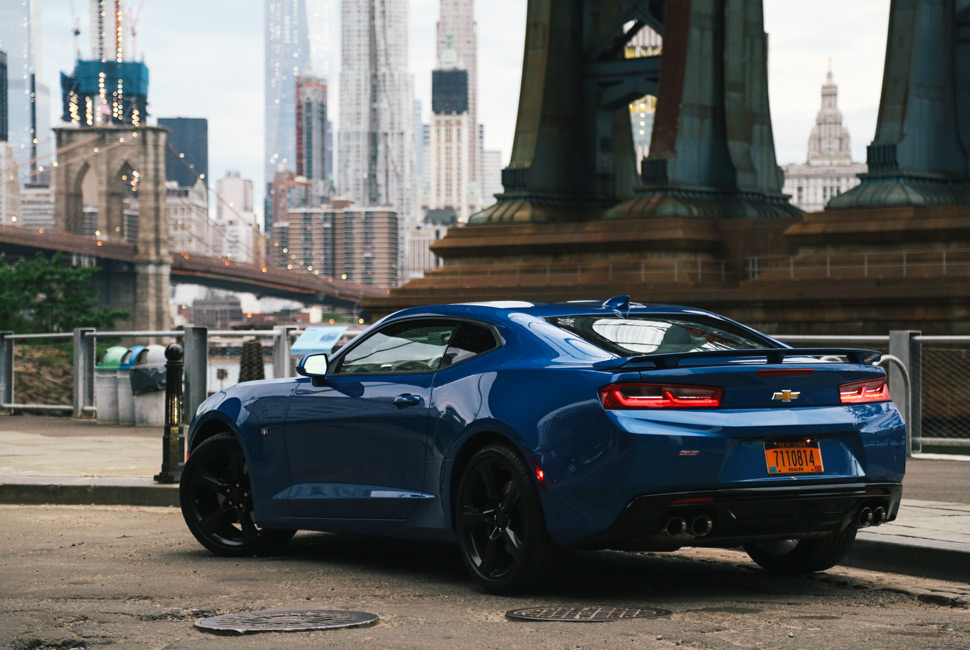
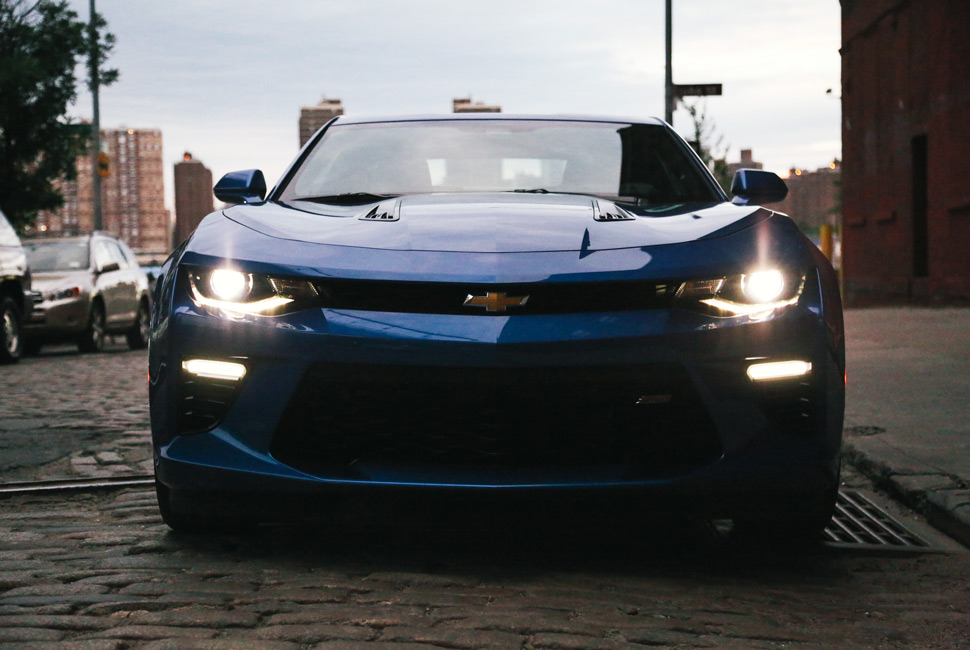
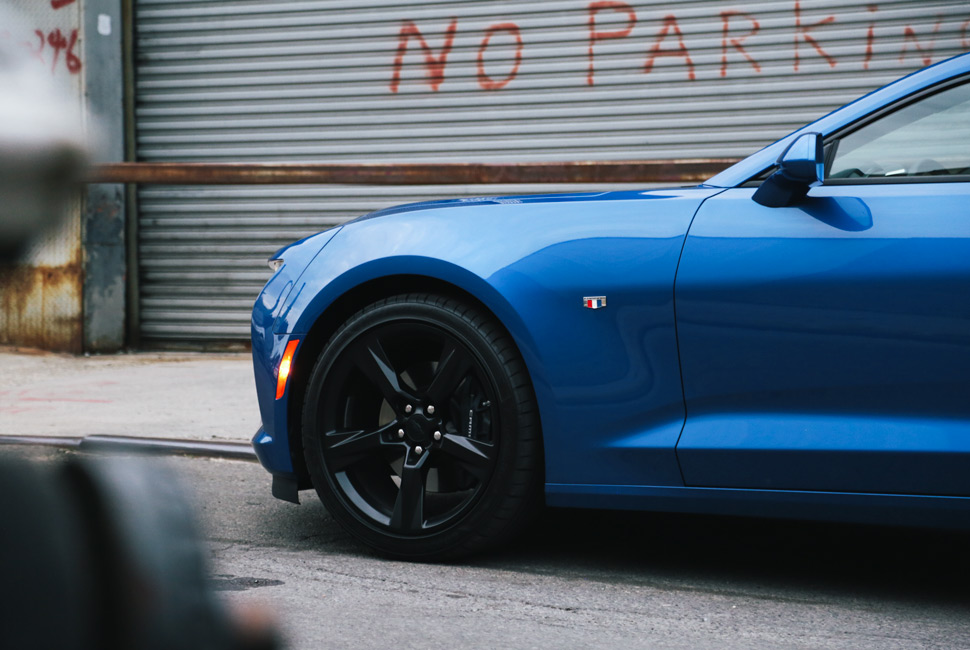
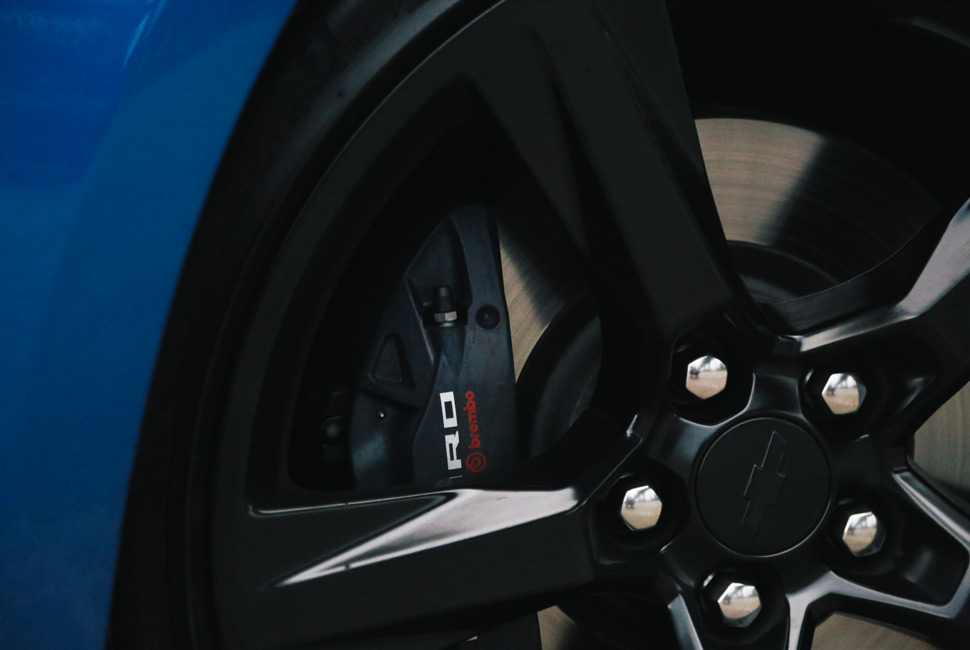
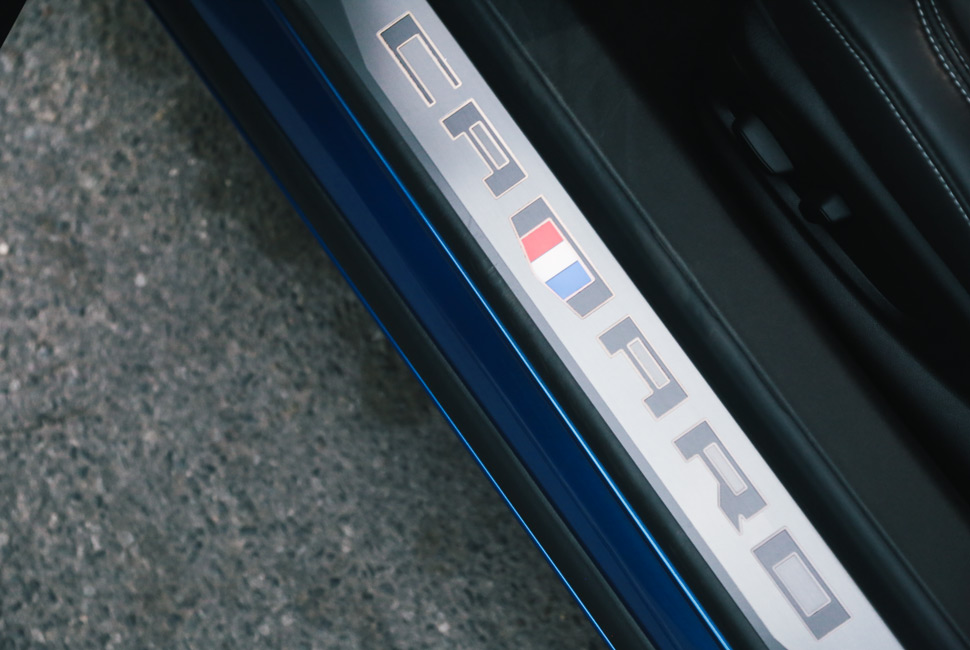
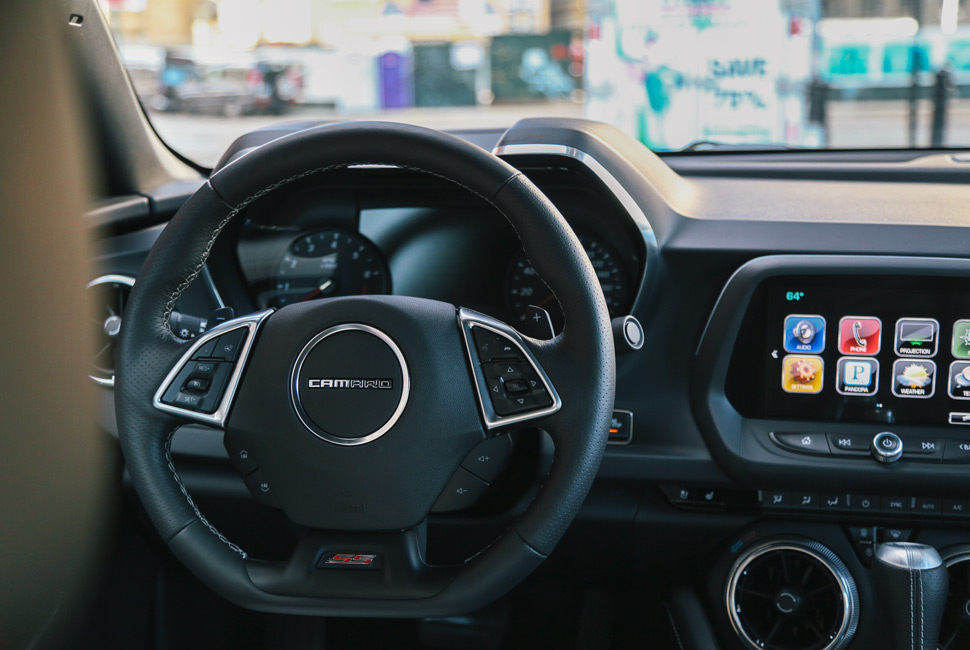
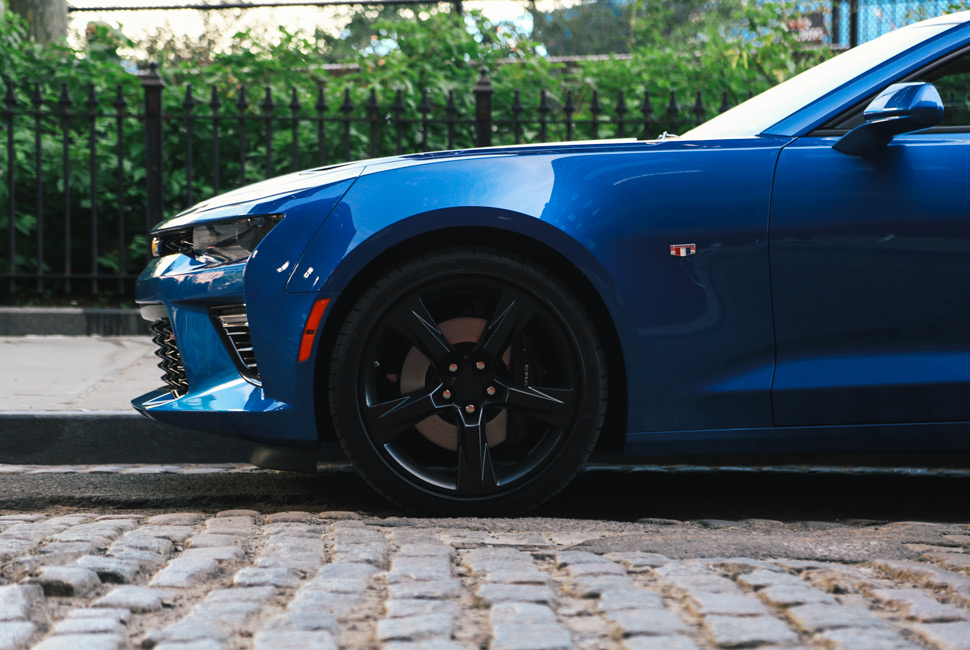
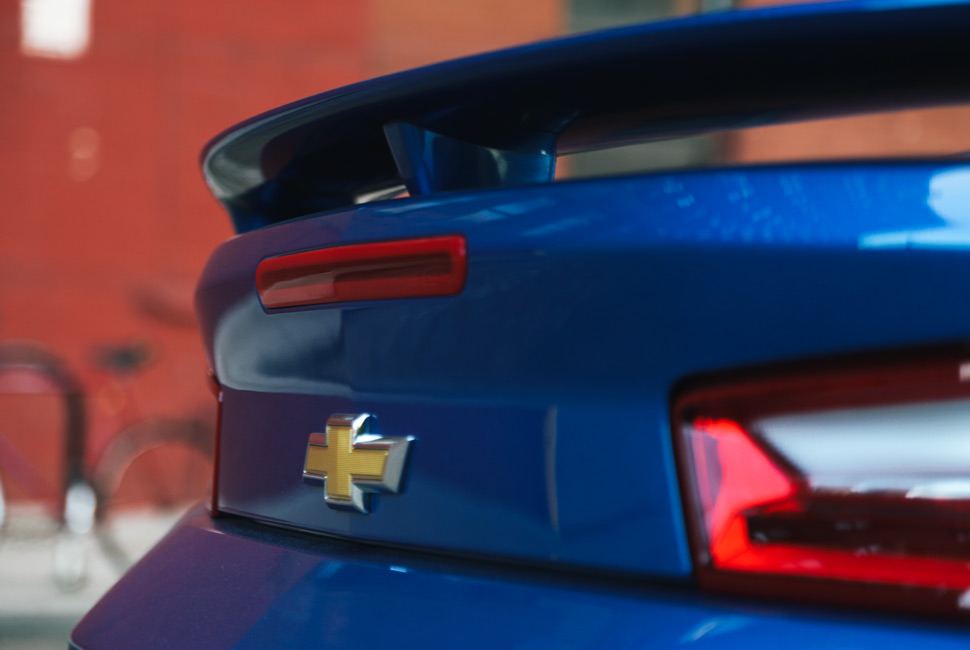
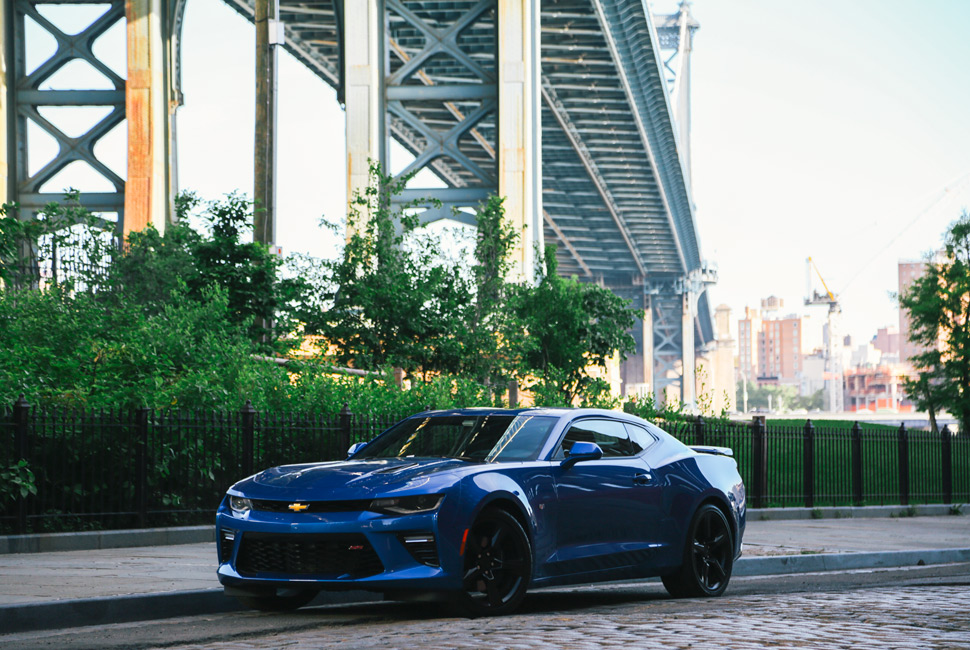
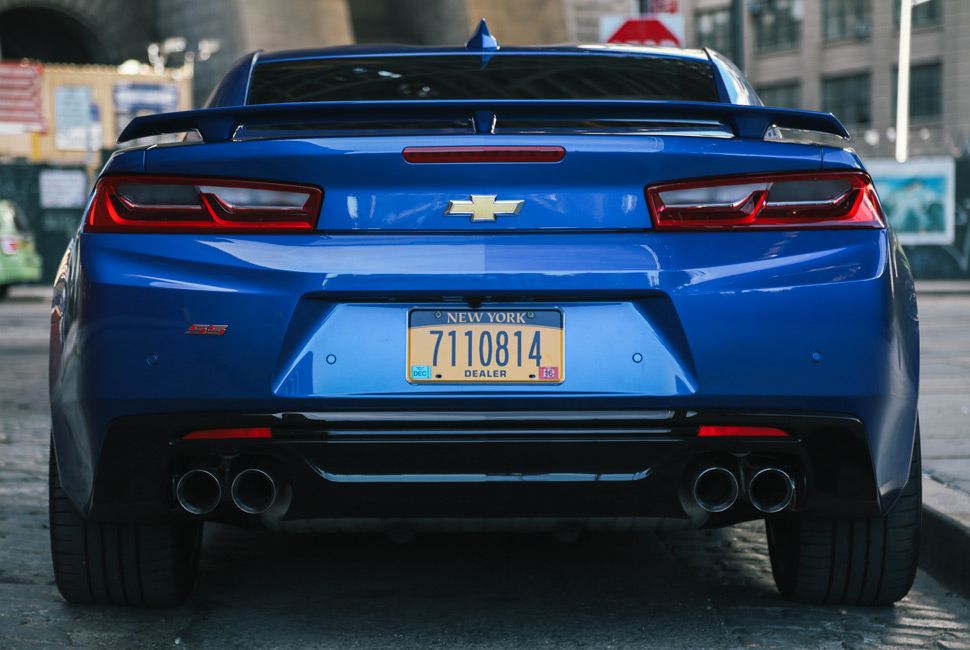
- >
The new Camaro SS goes 0-60 in 4 seconds, same as the Ferrari F430 — a $186,000 car when it was new in 2004. That kind of speed was enough to reduce my girlfriend’s three younger siblings (who have no interest in cars whatsoever) to hysterical laughter when I took the Camaro on a straight, empty road and hammered the throttle, letting that angry American V8 ring throughout the New Jersey Pine Barrens. Civilization has gotten to the point where a sub-$40,000 Chevrolet can hit 60 mph in four goddamn seconds.
When you look at the dissonance between the Camaro’s straight-line speed and its low price point, it’s impossible not to see the Camaro as anything other than what it has been for decades: a brute muscle car. But calling the Camaro a muscle car in 2016 is selling it short. Despite the near-identical looks of the last generation, this new version rides on GM’s incredible Alpha platform. The chassis is also the basis for Cadillac’s ATS and CTS, which were benchmarked against the handling abilities of Germany’s infamous crop of sport sedans. Which shows in the Camaro.
Grab the compact, flat-bottomed steering wheel and turn into a corner. Input is direct; it’s sharp but effortless to the degree that it feels just a little disconnected…just like a modern German sports sedan. There’s no body roll, no understeer, just balanced handling prowess. Even if a smidgen of steering feel is gone (a gripe with most modern performance cars in general), the Camaro has clearly benefited from one of America’s best performance platforms to date. It’s evolved. Good for GM.
What’s not good for GM? Pretty much the same complaints we’ve heard about Chevy in general and the Camaro before — interior quality is mediocre, with a big, boring slab of black plastic for a dash and trim pieces with a cheap look and feel. (That said, I take solace in the intuitive CarPlay-integrated touchscreen display, and the fact that the seats are properly supportive and comfortable.) And anything you’ve heard about the Camaro’s notorious outward visibility (or lack thereof) is absolutely true — the car’s high beltline, small windows and steeply raked windshields make checking your blind spots and other surroundings a chore. Though, if you buy a 455-horsepower performance coupe, you should expect such things to go out the (very narrow) window.
You learn to live with those foibles because the Camaro is just stupid fun (ask my girlfriend’s siblings). It’s loud, it’s fast, and it still has the Hot-Wheels looks to match what’s under the hood. Now GM has given it the chassis to put all that power down. It’s not just a muscle car anymore. So the Camaro has grown up, somewhat, but at its core it’s still a wild child, still 100 percent bitchin’.
The Verdict
Artists like David Bowie or the Beatles were so highly celebrated not only for consistently creating hit songs throughout long careers, but because they managed to reinvent themselves multiple times along the way. They stayed relevant and stayed great (and British, but whatever). For the past 50 years, the Mustang and Camaro have been known around the world as American muscle cars good for only straight line speed. But in a world where even a Cadillac can take on the Nordschleife, our performance ambassadors had to adapt. They’re no longer one dimensional icons of cool; they’re now multi-faceted apex hunters. But most importantly, they’ve stayed relevant, and that’s what makes them great.
>
>
[Source : http://gearpatrol.com/2016/06/22/review-mustang-gt-and-camaro-ss/]
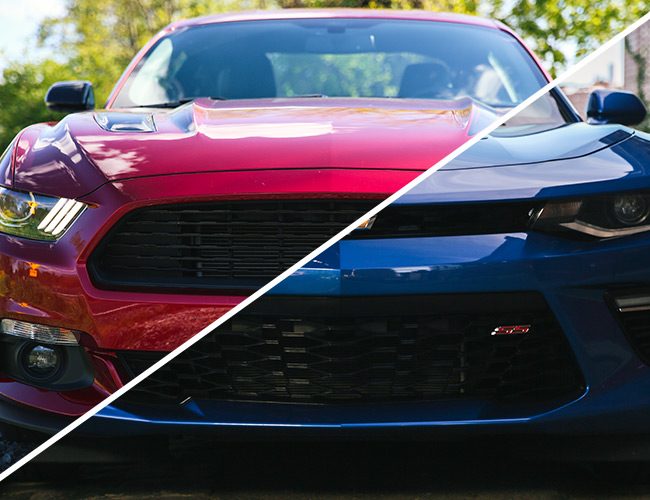
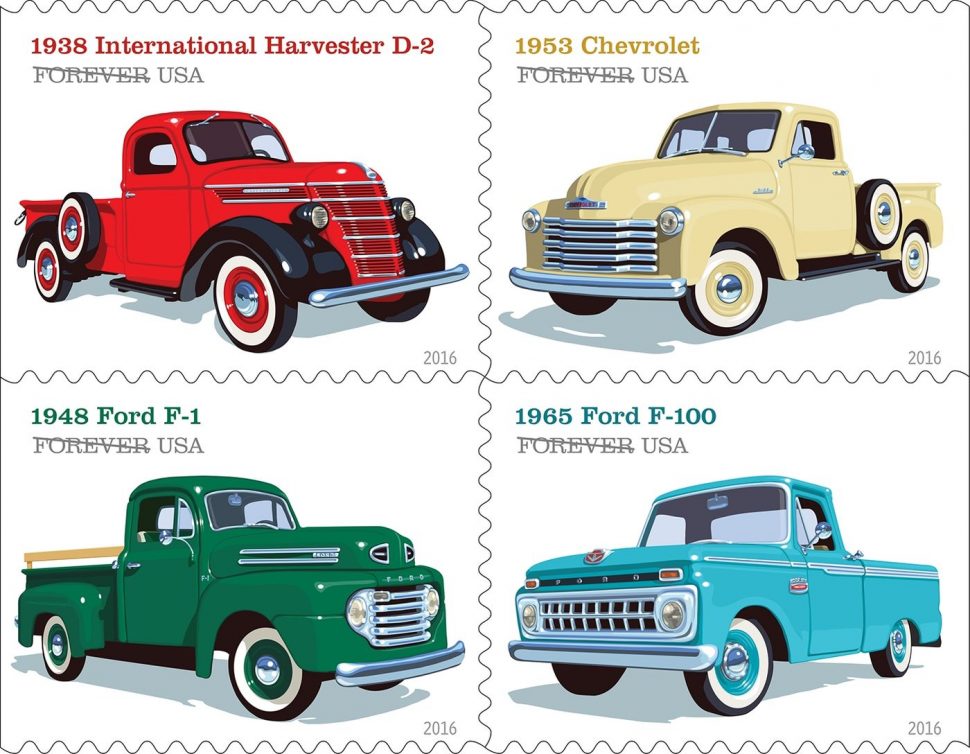
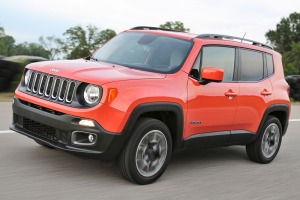
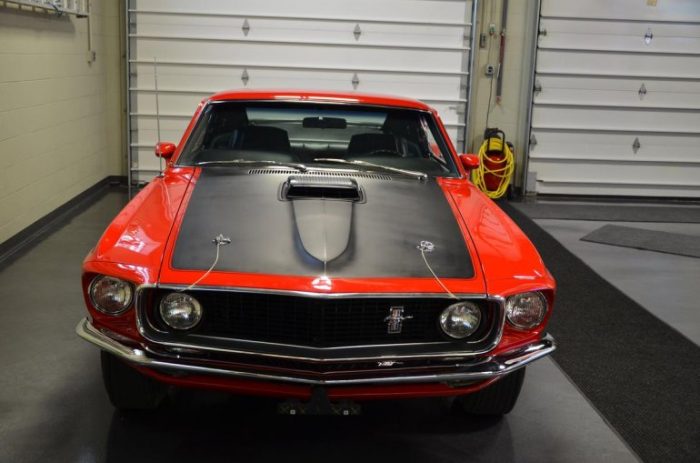






Recent Comments